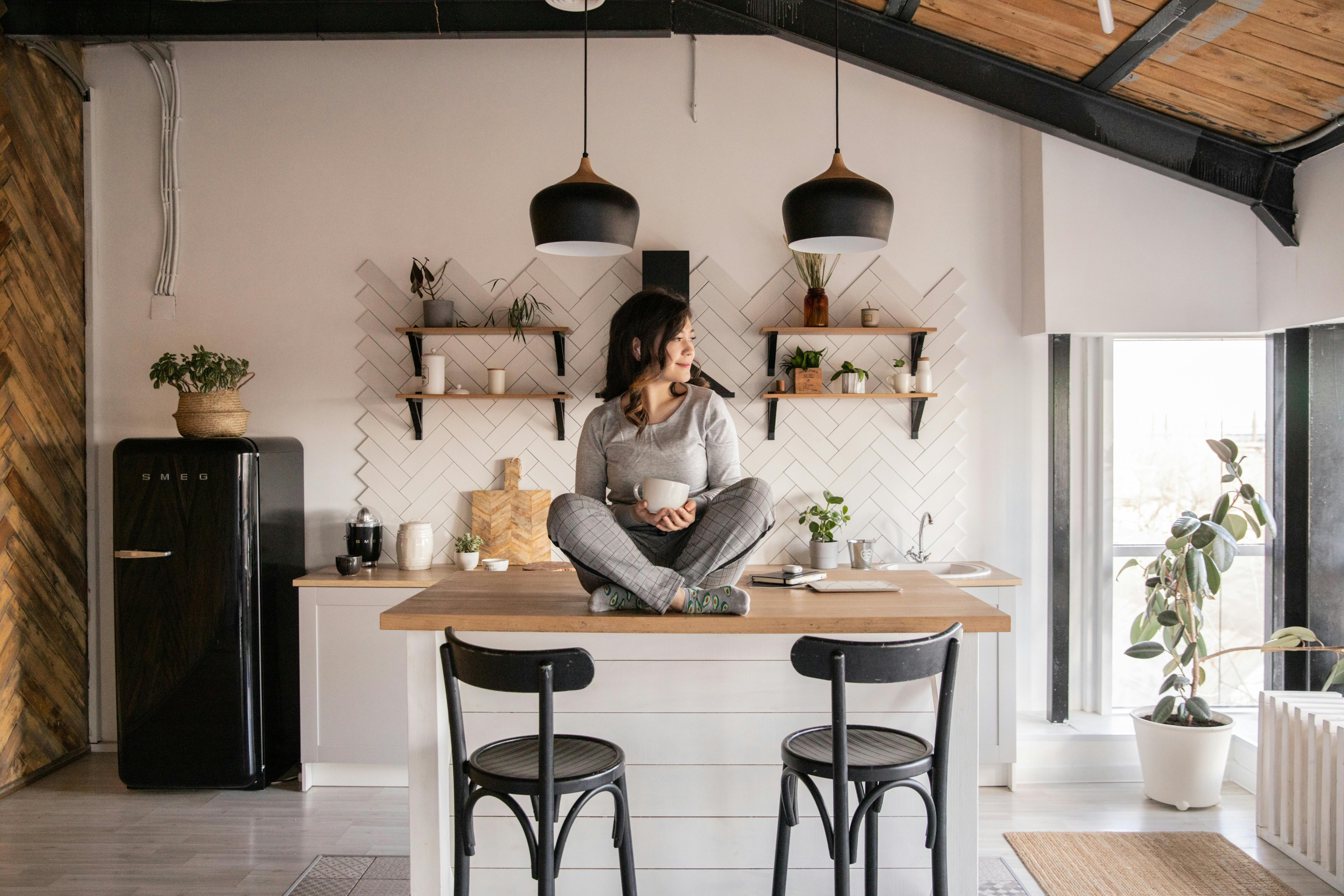I use two types of watercolor paper.
These are Saunders ‘Waterford’ Rough – handmade weight 638 gsm – 300 lbs. I buy it in its standard size sheet of 762mm x 559 mm (30 x 22 inches) I:
Bockinford machine made watercolor paper. It has a non-pressed surface; in my opinion this paper is useful for most other types of work as well. In short, it’s a first-rate general purpose paper, good all around, cheaper than Saunders, and about the same size and weight.
Both of these papers are reputed and technically manufactured to provide the kind of characteristics needed in long-lasting watercolor painting terrains.
If I need smaller sheets, I cut them down to half full size – ¼ full size of the largest standard size sheet. This means that all of my paintings fall into a small range of standard sizes and therefore can be framed by the framer using my preferred standard frame dimensions.
Saunders paper comes in three types of surface: hot-press, cold-press, and rough.
Hot Pressed is gentle for fine, delicate lines and brushstrokes. Cold Pressed is for fine work in general with the possibility of texture washes. Rough is for candid, impressionistic, well-graded and textured work of all kinds for the best watercolourists. I use this paper and have come to understand every aspect of his behavior.
Find the role you like and stick with it. Make your selection only from well-established paper manufacturers.
Use the 638 g/m² weight as it does not need to be stretched to prevent it from drying out. Ultimately, if the paint doesn’t come out right, you can dip the Saunders in the bath and gently lift, not rub, the pigment and generally retrieve the sheet to try again – never give up!
The weight and therefore the rigidity of the paper are important to be able to work quickly. The paper can be moved at will across the board or rotated 180 degrees or at any angle to control washouts.
.
Try to keep uncut sheets in reserve for a backup in case supplies, for whatever reason, become limited.
Never bend, crease, roll, or wrinkle watercolor paper. This is an absolute rule. Store flat in purses with no other weight on top.
Keep even clean fingers off the surface. In no way allow others to touch the handle or even breathe on your paper. Do not allow others to handle finished unframed watercolor paintings. In fact, it’s best not to let them see unframed pictures.
Use a Stanley-type blade and a graduated stainless steel or aluminum straight-edge rip fence long enough to cut across a sheet of paper. Do not cut against the graduated bevel edge as the knife may cut into it.
Always cut on a sharp surface. I use unoiled chipboard a little longer than the long dimension of the paper with the smooth side up and a foot wide.
Never use force when cutting paper. Be relaxed and focused. The eye must be on the blade at all times and the stabilizing hand must be placed on the back of the moving blade. Use a first light cut as a start, then another light cut, then another, then a final cut for a total of four strokes. Four pass paper cutting is the easiest, sharpest and safest way to cut paper.
Full size sheets can be cut to half full size. Half full size is normal standard convenient watercolor painting size.
Cut one of the half full size sheets in two for two quarter full size sheets. This gives three standard size sheets from one large full size sheet, i.e. one half full size sheet and two quarter full size sheets.
It is better not to paint smaller pictures as they are difficult to hang in exhibitions. Although the eight full-size small images are useful giveaways for buyers or promotion. I suggest that any painting beyond reanimation can be inspected for areas that contain free little ready-made abstracts or landscapes suitable for framing.
Full-size image framing sizes in mm.
Paper say 760 x 555
windows 720 x 520
Assembly (or/all) 900 x 700
Glass (or/all) 900 x 700
mounting width 90 mm
Average size picture frame sizes in mm.
Paper say 555 x 375
Windows 520×360
Assembly (or/all) 680 x 520
Glass (or/all) 680 x 520
mounting width eighty mm
Quarter Size Frame framing sizes in mm.
Paper say 375 x 277
windows 360 x 260
Assembly (or/all) 500 x 400
Glass (or/all) 500 x 400
mounting width seventy mm
Frame an image in each of the recommended sizes above to see if you find them acceptable. If you haven’t been to a framer before insist on framing to the dimensions I suggest. Start with the Quarter Size Picture Frame so you don’t risk too much money the first time. Either way, to some degree, you may have to buy your own experience before you get everything the way you prefer.
I suggest that the painters paint and leave the framing to a professional framer.
The sizes quoted above are rounded slightly to mm to simplify and minimize errors when cutting materials to length. Make a copy of the sizes listed above to instruct the framer to keep them, but keep photocopies in reserve. Mounting widths are designed to bring together the frame, mount, and paint in a single picture unit.
A painter has enough problems to deal with without it being better left to a framer.
My best wishes to all.
